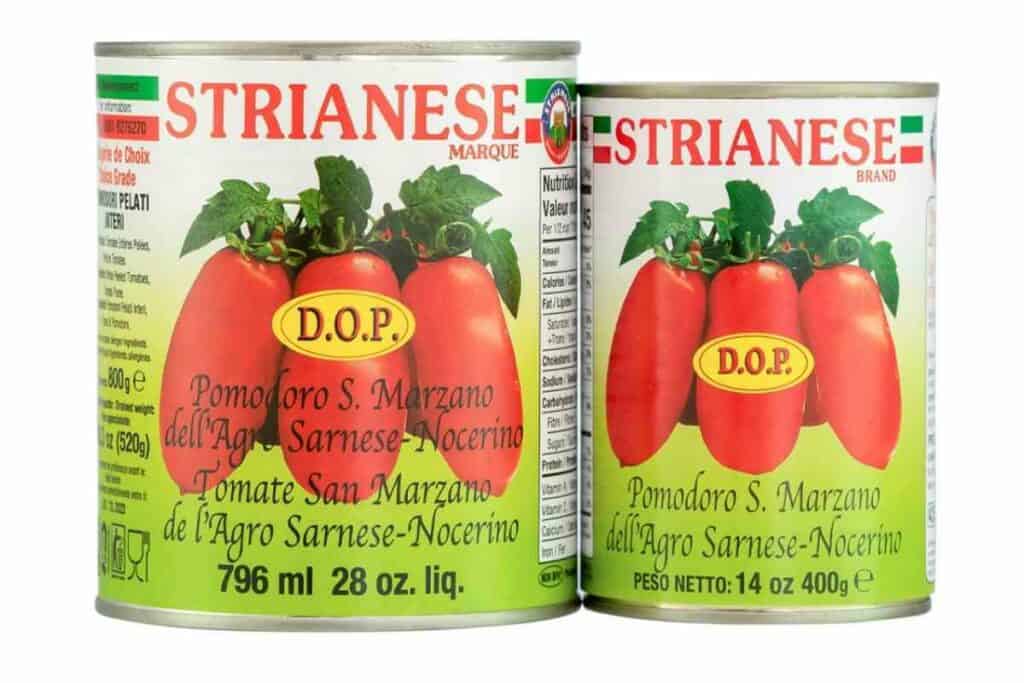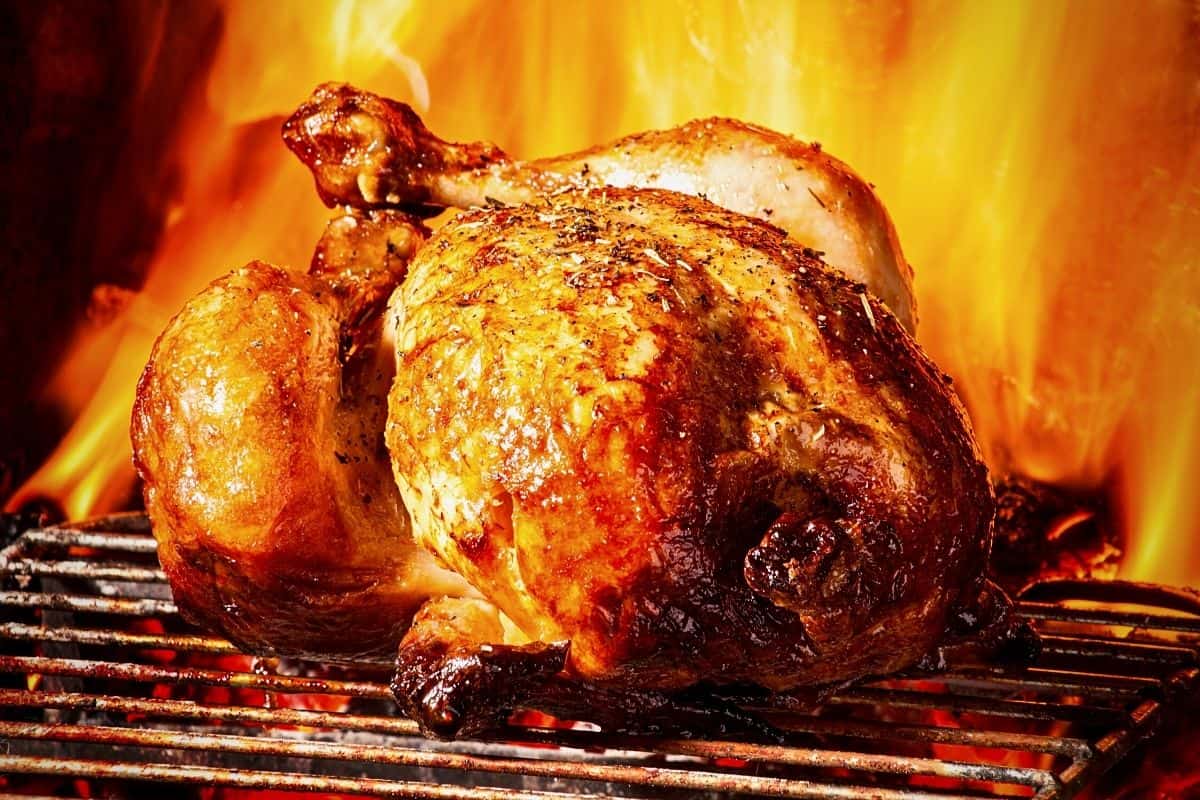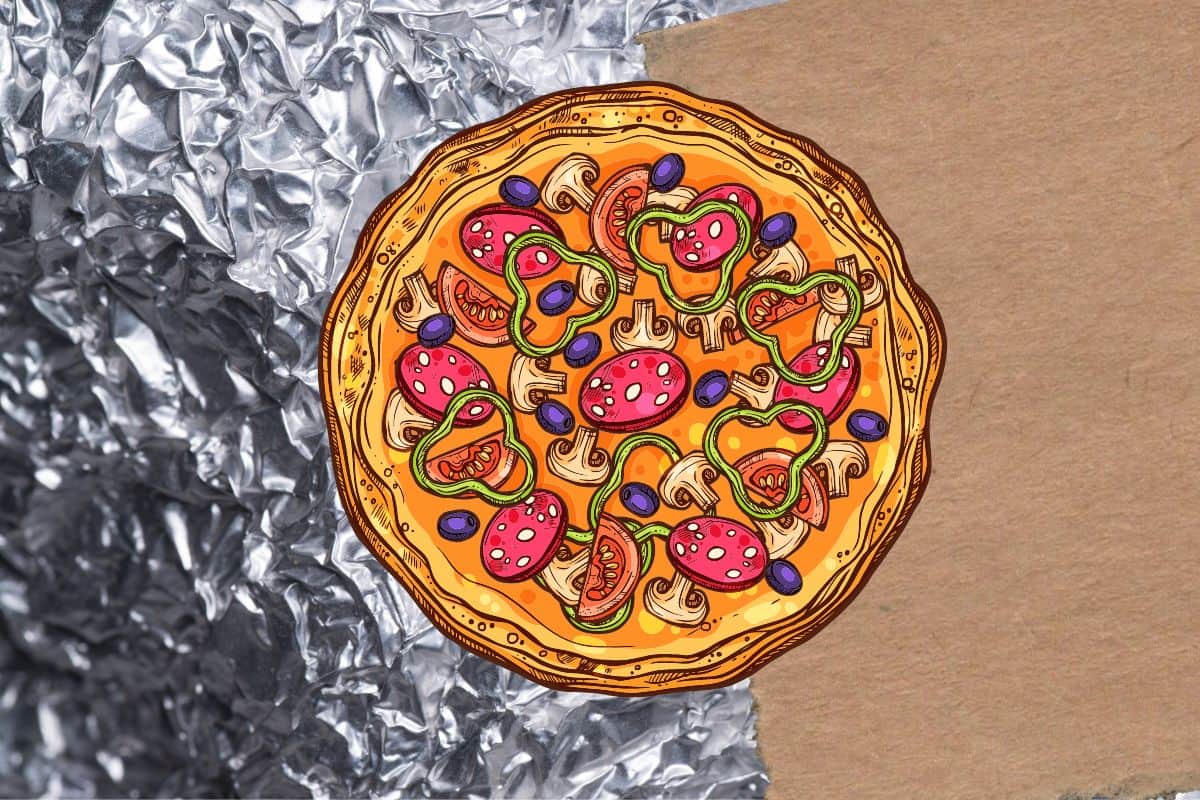What does Protected Designation of Origin Mean for Pizza?
Do you often enjoy eating Neapolitan Pizza?
If so, have you ever wondered about the best tomato base for pizza and what does Protected Designation of Origin mean for Pizza?
For example, do you know what makes a pizza from Naples, Italy, taste different from one made in say, New York City?
The answer is a Protected Designation of Origin (DOP) certified product, a status given to certain foods produced, processed, and prepared in a specific region.
In this article, we will explore what DOP means and learn more about some of the foods that have been awarded this prestigious designation.
We’ll also discuss the benefits and drawbacks of having the DOP stamp of approval for producers and consumers alike.
So, if you’re curious about DPOs, Please Read On!
What Is A Protected Designation Of Origin (DOP) Product?
A protected designation of origin (PDO in Italy and DOP translated to English) is a status given to certain foods for which the name of the food is linked to a specific geographical area.
These foods must be produced, processed, and prepared in the given region using recognized techniques to have this status.
For example, San Marzano Tomatoes have a DOP label because they have been grown, for centuries in the volcanic soil of Mount Vesuvius, a volcano located near Naples.
Therefore, only San Marzano tomatoes grown in this area can be actually called DOP San Marzano Tomatoes.

How Does A Product Earn DOP Status?
The first step to getting DOP status is for producers and processors to apply and supply support documentation to a national or local authority.
After receiving this application, the authority has one year to research the submitted product.
The product must be manufactured the traditional way with high-quality ingredients during this time.
This research can include holding interviews with workers, talking to food producers, examining historical documents, and even taking soil samples.
After this research has been done, the authority will submit a report to the DOP Commission. If it is determined that the conditions of DOP status have been met, the DOP Commission will award DOP status to the product.
If they do not, then DOP status is not awarded.
What Are The Pros & Cons Of A Product Having DOP Status?
The Pros…
There are many benefits to DOP designation. One of the most significant benefits is increasing the consumer’s confidence in a product or region.
For example, the DOP status for Prosciutto di Parma means that consumers know they are getting a high-quality ham from the Italian city of Parma.
It can also bring in more tourists, boost sales and prices, increase exports, provide increased market access opportunities, improve brand value, and protect the intellectual property rights of food producers.

The Cons…
Price is a drawback to DOP designation since DOP products are usually more expensive than the non-DOP version.
Just as having a DOP designation can benefit the producers and consumers of a product, it can also help those who counterfeit or falsely market products with DOP status!
It is extremely difficult for genuine DOP producers to take legal action against these businesses without an official DOP designation.
Again increases the cost of DOP production!
What Pizza Related Ingredients Have This Prestigious DOP Label?
To date, there are more than 300 DOP and DOP-like designations in the European Union (EU).

Examples of DOP pizza-related products include:
- San Marzano Tomatoes DOP: tomatoes with specific qualities that are grown near Naples, Italy
- Buffalo mozzarella DOP: Made in the Province of Naples
- Prosciutto di Parma DOP: Prosciutto ham from Parma, Italy
- Gorgonzola DOP: A cheese from Gorgonzola, Italy
- Pecorino DOP: A cheese from Sardinia
- DOP Prosciutto di Parma DOP: A ham from the city of Parma, Italy
- Parmigiano Reggiano DOP: a cheese from the Emilia-Romagna region of Italy
- Grana Padano DOP: A cheese from the Po Valley in northern Italy
How Can Consumers Tell If A Product Has DOP Protection?
DOP logos are protected by copyright law, these help consumers identify DOP-protected products.
These logos include the DOP seal of quality and DOP sign.

Consumers should look out for DOP labels on these products and also DOP-certified taverns and restaurants.
Some restaurants even have a DOP certificate on display.
In Conclusion:
A protected designation of origin, DOP or PDO, is a stamp of approval from the government that guarantees a product was made in a specific region using traditional methods.
Products must meet rigorous quality and production standards.
Therefore, the benefits of having DPO status for a product or region can be very significant.
Consumers can trust that they are getting something special – and unique – when they buy a product with DPO protection.
There are few drawbacks to having DPO status, but these tend to outweigh the positives.
Having the know-how to spot products with the DPO protection will help you feel confident that you’re buying something Very Special and of course Authentic!
Thanks for reading!













